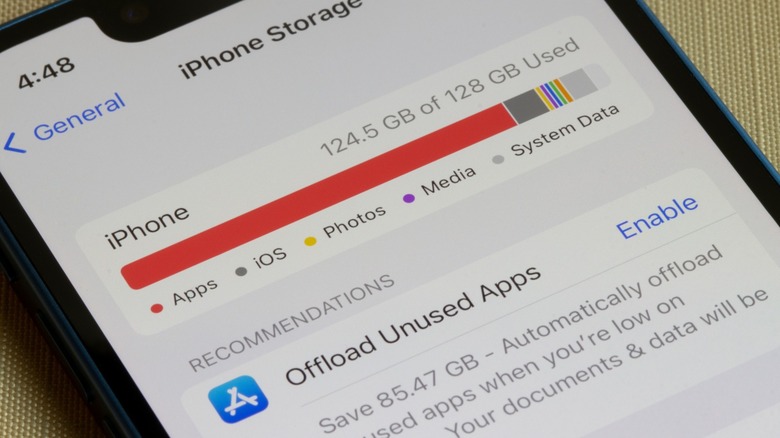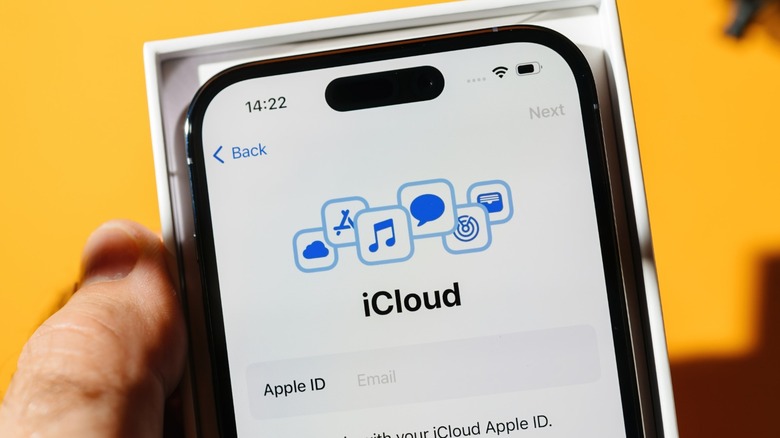Is 128GB Storage Still Enough For An iPhone?
Apple just released the iPhone 17 family, and the company finally made the minimum storage of these phones 256 GB. Even the base iPhone 17, which some consider the best model in the 17 series, starts with the larger capacity. However, you can still get an older iPhone with the smaller 128 GB base storage in the iPhone 16 and 16e — Apple's offerings for those who want a new iPhone but do not want to spend at least $799 to get the latest model.
But whether you're buying a used or refurbished iPhone, or picking one of these cheaper new models, you might be tempted to get the most affordable 128GB model. But the question is: is 128GB still enough for an iPhone? If you only use your phone for calling, texting, and the occasional internet browsing, it absolutely is.
Gamers should go for bigger storage, though, as 128GB is likely not enough to store all the titles you'd want to play. For example, I have World of Tanks Blitz, which takes up nearly 12GB of storage, while War Thunder Mobile requires over 3.5 GB. I also have Real Racing 3 installed on my iPhone, and it uses up almost 10GB of storage after I downloaded all of the game's assets.
If you take a lot of photos and videos, you should get at least 256GB of storage — especially if you want to keep your files on the device. Even though I use another phone as my primary device, the stored photos and videos in my iPhone take up over 100GB. So, even without the games and all other apps I have installed, I probably would've run out of space by now if I didn't go for the 256GB option on my iPhone 14 Pro Max.
How to get more space on your iPhone
Unfortunately, the iPhone never had expandable storage, so you never had the option of adding a microSD card to save more files. One of the ways you can get a bit more storage on your device is to clear system data, but this can only give you so much free space. You can also move the photos and videos you've taken on your device to an external drive (or your computer) for archiving by attaching it to your iPhone's USB-C or Lightning port (which is one of its uses). However, you need to have a drive or PC that has enough space to accommodate your files, and you must take the time to do the process of sorting and moving your files (unless you just move them all and start with a clean slate).
If you want convenience, you can sign up for an iCloud account and then buy a subscription. This will cost you $0.99 a month for 50GB, $2.99 for 200GB, $9.99 for 2TB, $29.99 for 6TB, and $59.99 for 12TB, but it will automatically back up your image gallery if you turn on iCloud Photos. There are cheaper iCloud alternatives for both the iPhone and the iPad, but they're a little bit less convenient to use. Still, if you know your way around these services (or use other non-Apple devices), these might be the better option for you.
128GB is only good for the most minimalist of iPhone users —the average person should get at least 256GB if they don't want to run into storage problems in the future. And if you're a power user (like those who make films using their iPhones), you should ideally get 512GB or 1TB of storage.

